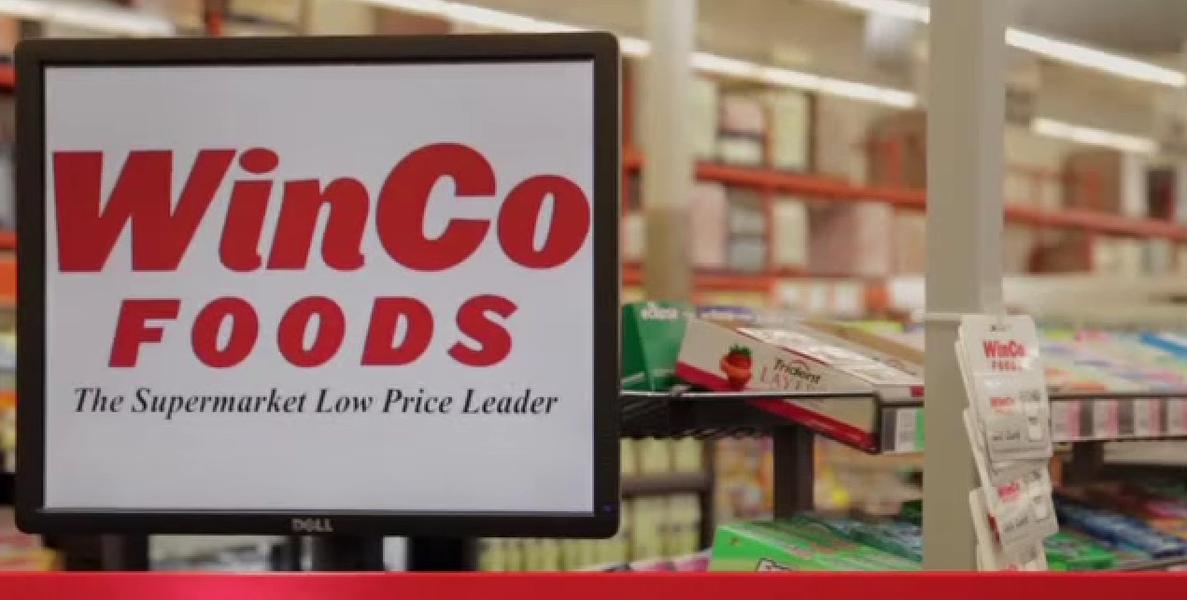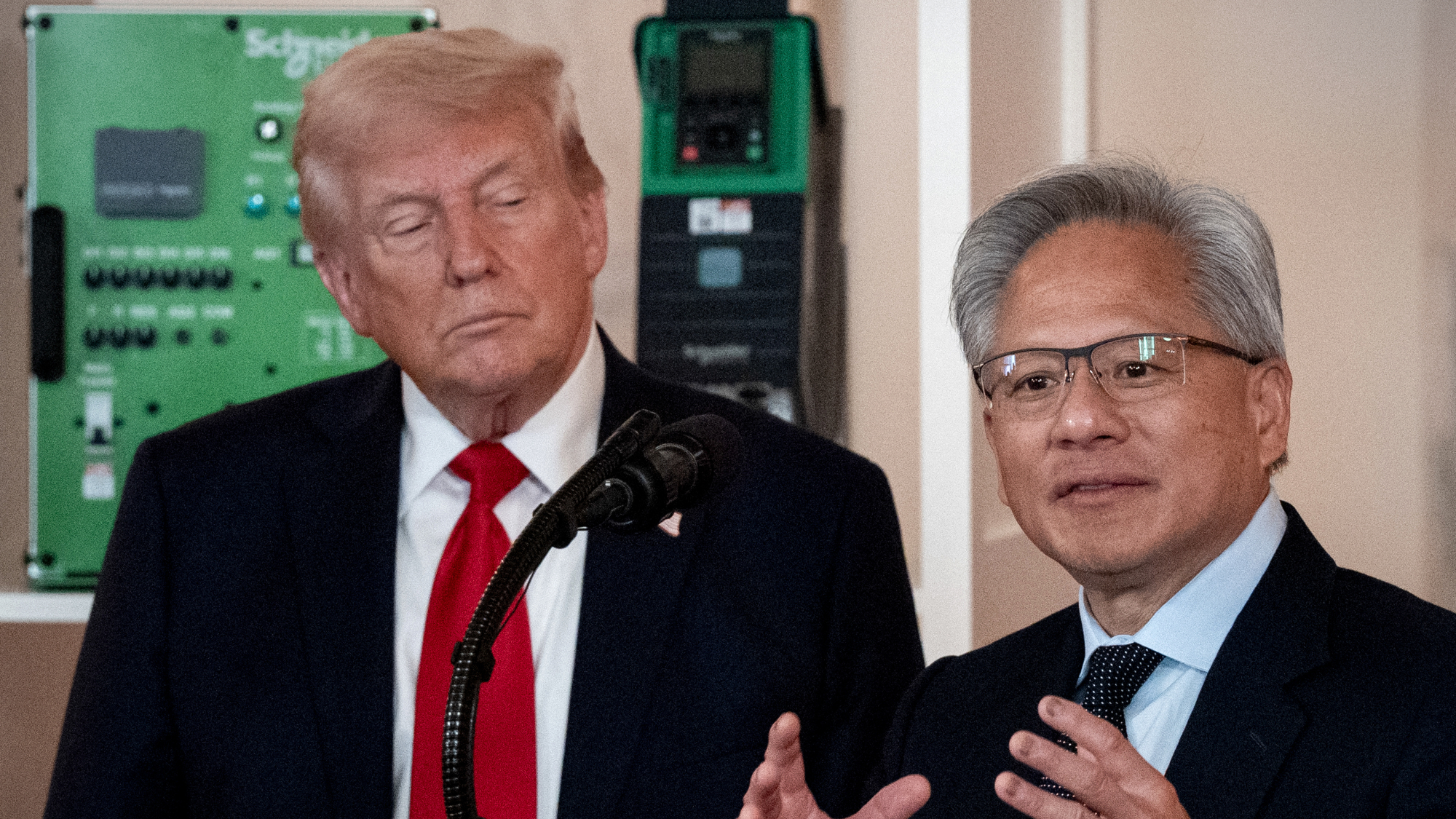This supermarket chain has made millionaires of hundreds of its regular employees


Imagine if instead of a handful of Waltons with billions of dollars apiece, Walmart's wealth were spread out among its shelf-stockers, cashiers, and other front-line employees. That's essentially the situation, albeit on a smaller scale, at Boise-based supermarket chain WinCo Foods. The founding family of WinCo — previously known as Waremart and Cub Foods — sold a majority stake to its employees in 1985, and that decision has made a number of longterm employees pretty wealthy, says Mary Josephs at Forbes.
WinCo now has 98 stores and about 15,000 employees, and has recently expanded from the West Coast into Utah and the Southwest. Josephs looks at the WinCo store in Corvallis, Oregon, whose 130 employees have a combined retirement savings of $100 million — some of the regular employees are millionaires, and "in a few years the average wealth of these employees could easily exceed $1 million," she notes — calling the store "a laboratory of capitalism worthy of pilgrimages by the world's great business schools."
The secret to WinCo's shared prosperity is its Employee Stock Ownership Plan (ESOP), which technically owns the company. You can read more about that setup, a 42-year-old front-line worker who could easily and comfortably retire, and some benefits of employee ownership at Forbes. And to get a sense of the stores, you can watch WinCo's promotional video below. There are lots of reasons WinCo isn't Walmart — it doesn't advertise, won't bag your food, and doesn't accept credit cards, for example — but the hundreds of millionaire employees is probably the most interesting. --Peter Weber
The Week
Escape your echo chamber. Get the facts behind the news, plus analysis from multiple perspectives.

Sign up for The Week's Free Newsletters
From our morning news briefing to a weekly Good News Newsletter, get the best of The Week delivered directly to your inbox.
From our morning news briefing to a weekly Good News Newsletter, get the best of The Week delivered directly to your inbox.
A free daily email with the biggest news stories of the day – and the best features from TheWeek.com
Peter has worked as a news and culture writer and editor at The Week since the site's launch in 2008. He covers politics, world affairs, religion and cultural currents. His journalism career began as a copy editor at a financial newswire and has included editorial positions at The New York Times Magazine, Facts on File, and Oregon State University.
-
 Sole suspect in Brown, MIT shootings found dead
Sole suspect in Brown, MIT shootings found deadSpeed Read The mass shooting suspect, a former Brown grad student, died of self-inflicted gunshot wounds
-
 Appetites now: 2025 in food trends
Appetites now: 2025 in food trendsFeature From dining alone to matcha mania to milk’s comeback
-
 Political cartoons for December 19
Political cartoons for December 19Cartoons Friday’s political cartoons include unemployment rates, taunts and prayers, and more
-
 Unemployment rate ticks up amid fall job losses
Unemployment rate ticks up amid fall job lossesSpeed Read Data released by the Commerce Department indicates ‘one of the weakest American labor markets in years’
-
 US mints final penny after 232-year run
US mints final penny after 232-year runSpeed Read Production of the one-cent coin has ended
-
 Warner Bros. explores sale amid Paramount bids
Warner Bros. explores sale amid Paramount bidsSpeed Read The media giant, home to HBO and DC Studios, has received interest from multiple buying parties
-
 Gold tops $4K per ounce, signaling financial unease
Gold tops $4K per ounce, signaling financial uneaseSpeed Read Investors are worried about President Donald Trump’s trade war
-
 Electronic Arts to go private in record $55B deal
Electronic Arts to go private in record $55B dealspeed read The video game giant is behind ‘The Sims’ and ‘Madden NFL’
-
 New York court tosses Trump's $500M fraud fine
New York court tosses Trump's $500M fraud fineSpeed Read A divided appeals court threw out a hefty penalty against President Trump for fraudulently inflating his wealth
-
 Trump said to seek government stake in Intel
Trump said to seek government stake in IntelSpeed Read The president and Intel CEO Lip-Bu Tan reportedly discussed the proposal at a recent meeting
-
 US to take 15% cut of AI chip sales to China
US to take 15% cut of AI chip sales to ChinaSpeed Read Nvidia and AMD will pay the Trump administration 15% of their revenue from selling artificial intelligence chips to China
